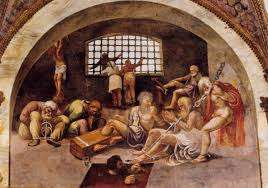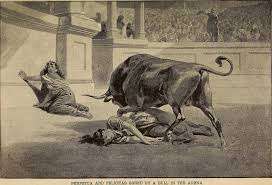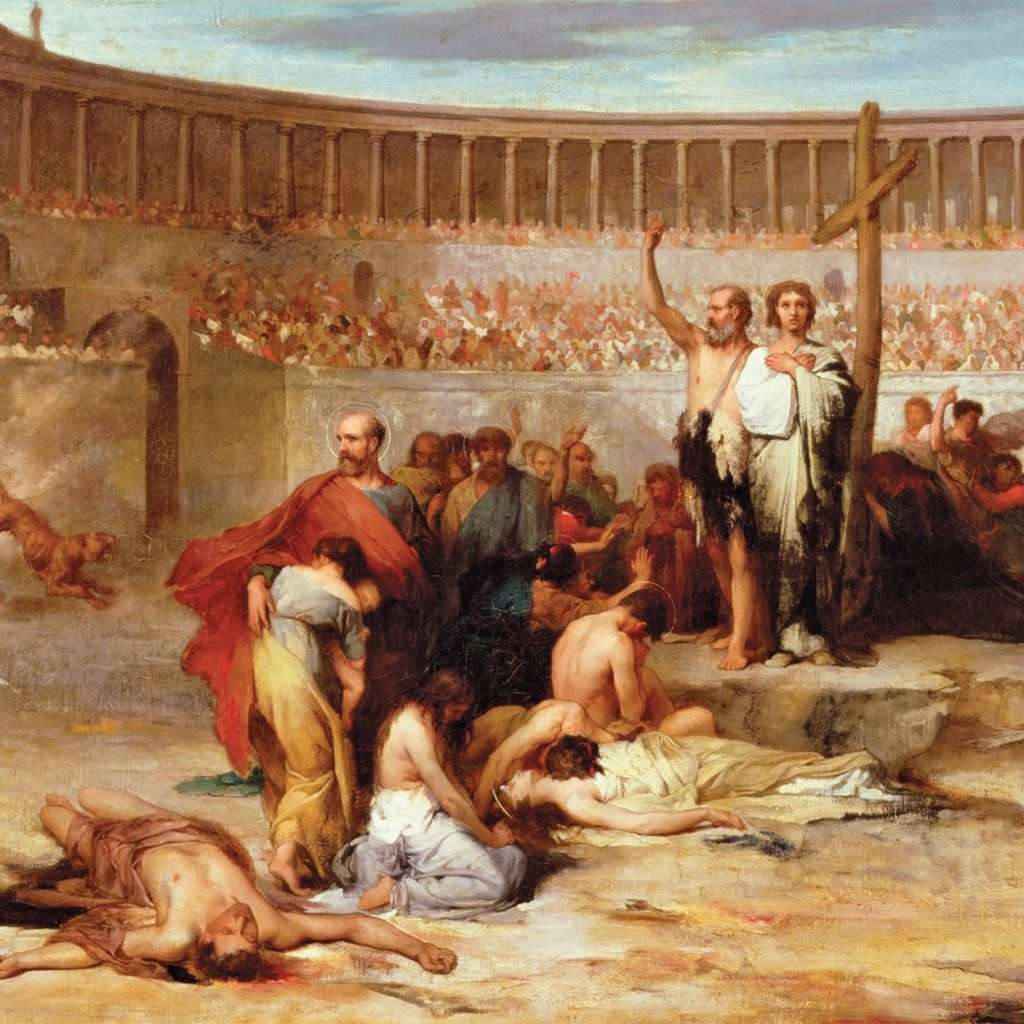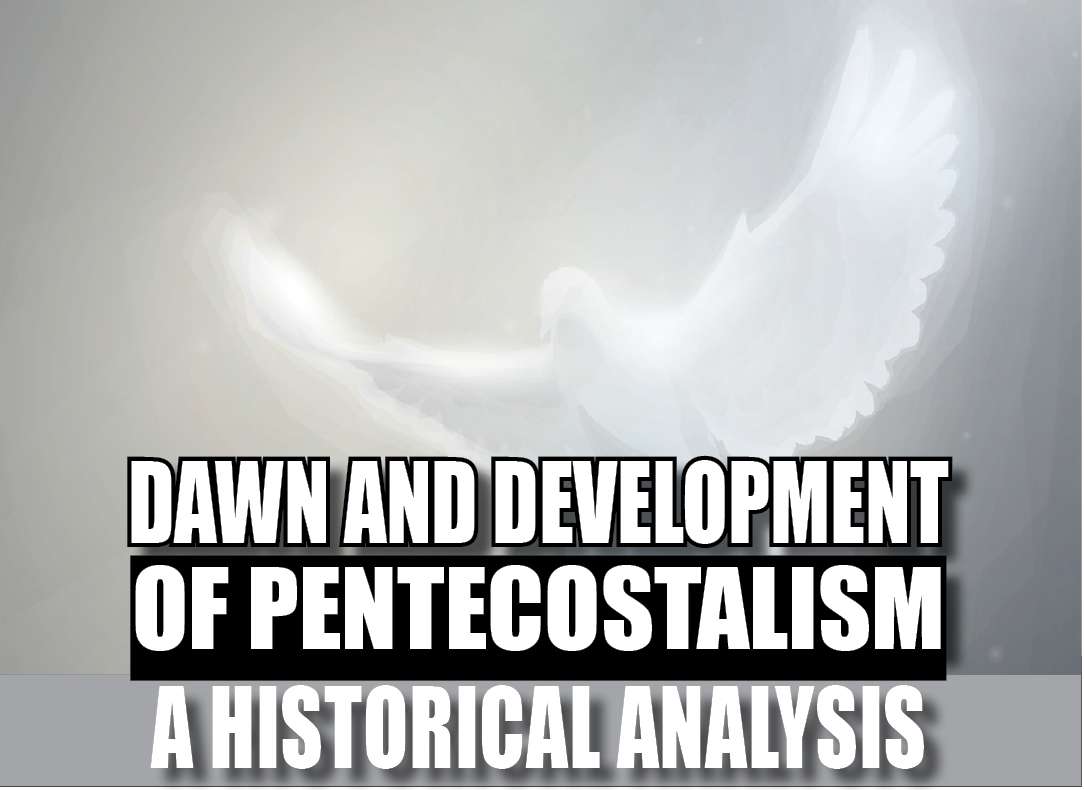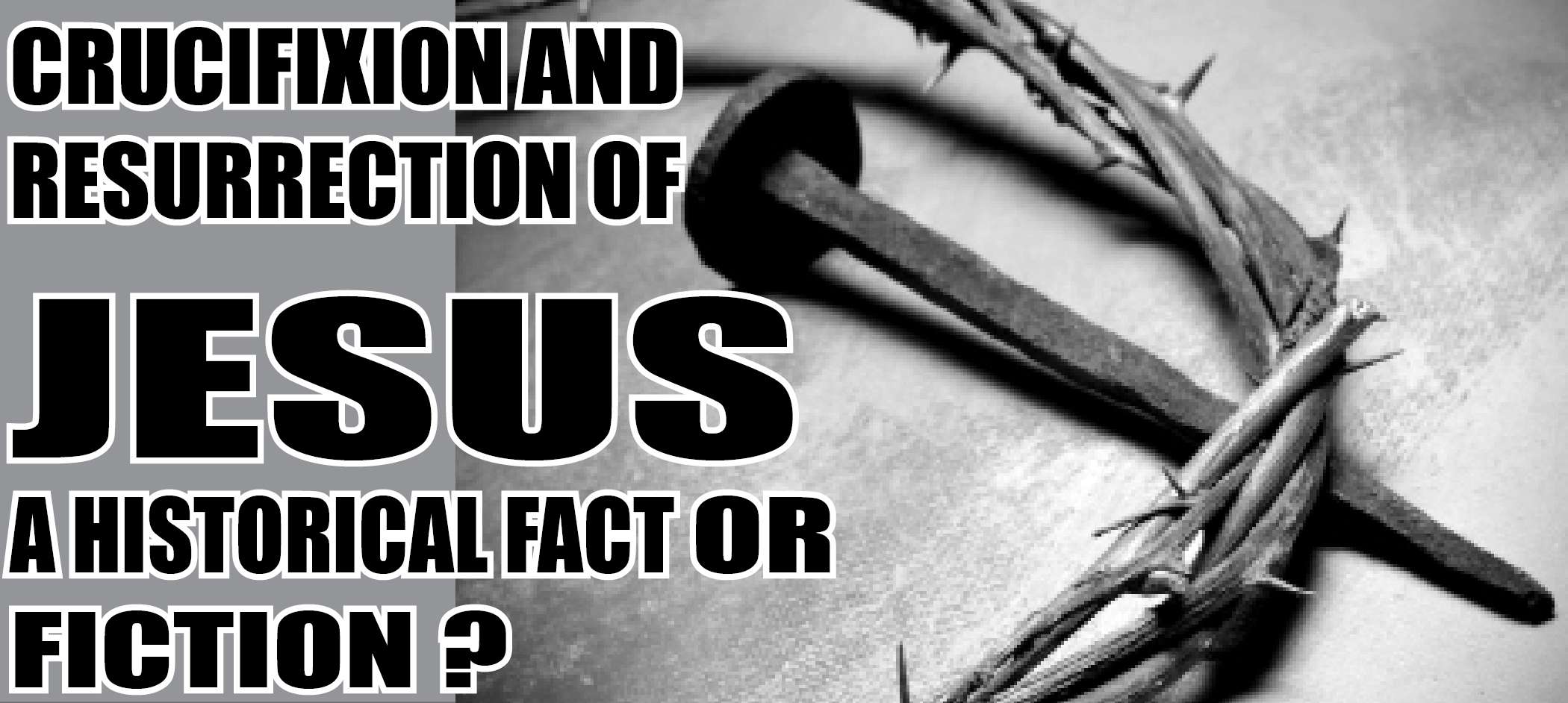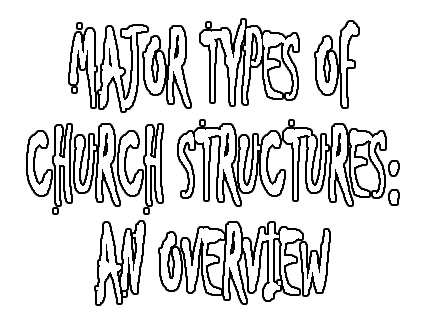
Major Types of Church Structures: An Overview
Dr. Rajeevan M. Thomas
The Christian church is a miracle
It has an international organization, but it goes back two thousand years to a group of twelve disciples of Jesus of Nazareth. It germinated out a mustard seed (Lk.13:19), but it has become a global human/divine organization which is multi-linguistic, multi-national, multi-racial, and multi-denominational with different organizational structures.
Every segment of the church at every level demands systematic administrative or governing systems. The church is the body of Christ, but it needs human leaders and administrative structures to carry on its daily functions.
Causes for Diverse Ecclesiastical Structures
From its beginnings, the history of the Christianity records the rise and development of diverse ecclesiastical government systems. Theocracy of the early apostolic times accommodated the elements of democracy. Later, episcopacy, the papacy and similar governing structures arose. What are the possible causative factors behind these developments?
We can see several reasons for this development:
(i) the question of apostolic succession
(ii) the interpretation or misinterpretation of certain scriptural portions (Mathew.16:18-19, John. 21:15-17)
(iii) aftermath of persecution and heresies which demanded a systematic church government
(iv) the quest for leadership and division of the churches
(v) large scale church growth in different cities and regions and the demand for good leadership and management
(vi) geographical factors such as the division of East and West
(vii) political support to certain church leaders particularly to the church in Rome
(viii) the rise of national states in the West
(ix) the impact of the Reformation and Protestant movements.
Different Types of Church Government
Church administration systems developed over many centuries. Three models deserve special attention: Episcopal, Presbyterian and congregational structures.
Episcopal Forms
Episcopacy was the earliest and most universally practiced ecclesiastical structure after the-apostolic period. The word ‘episcopacy’ basically denotes the rule of the church by bishops. It is a centralized form of ecclesiastical rule in which the archbishop, bishops, priests and deacons hold positions.
It is very difficult to trace the real starting period of the episcopacy due to the scarcity of accurate sources of information. It is probably accurate to say this church government originated in the second century and developed after Christianity became recognized in the Roman Empire.(the old Catholic imperial church and bishops).
The Episcopal system is known for its claim of apostolic succession, or a historical episcopacy. Though the global church separated into Western (Roman Catholic Church) and Eastern (Orthodox /Syrian Churches) churches in the 11th century, they maintained this system until the Reformation period without any notable divisions. The post-Reformation period marked the divergence of the Episcopal Church governments into historical and non-historical episcopates.
Scriptural basis of Episcopacy
Proponents of Episcopal government trace its basis from the New Testament and the apostles. They argue that apostolic functions were bestowed upon bishops by ordination. The story of Timothy and Titus is their basis for the emergence of bishops and the episcopacy.
It is not wrong to tie the episcopacy with the apostolic period, but the emergence of Paul as the stalwart of the early apostolic church repudiates the so-called apostolic hegemony. He was not counted as one of the twelve. The book of Acts and the Epistles depict Paul both as a missionary par-excellence and also as a brilliant administrator. There is no centralized and rigid protocol with regard to the administration of the Church.
Theological scholars such as Edward Arthur Litton oppose the derivation of the episcopacy from the New Testament and states that the office of the ‘bishop’ is not a distinct office in the New Testament but synonymous with ‘elder’. The New Testament speaks of many bishops but of no archbishop. This shows that the present Episcopal form of government is not evident in the New Testament. Nevertheless, to say that the episcopacy evolved from New Testament forms does not oppose them.
Merits and Demerits of Episcopacy
The Episcopal structure unites the whole denomination. The head of the church can freely implement dogmatic and pragmatic policies. He can implement any proposals and projects for all parishes. He maintains unique traditions, theology and policies. He maintains discipline in the churches due to his centralized power. Episcopal polity makes possible organic and systematic unity, fellowship and integration of churches and dioceses. Decisions and policies are made for the church and implemented by all local congregations.
A peril of this government system is that it may become governed by secular and temporal values. It may result in autocratic leadership. The Roman Catholic Church fell into this trap and became corrupt. In one sense, the successes or failures of the concerned denomination under this system depend upon the efficiency or inefficiency of the top officials: their vision, event management and problem-solving caliber.
Presbyterianism
Presbyterianism is the second notable ecclesiastical church government which took its roots from the New Testament. Its government structure lacks an absolute and single power head like an archbishop or pope. It is an ecclesiastical church government by presbyters or elders. Local congregations select the elders (the pastor of the local church will be one among them), and they form a session, which is the governing body of the local church. Sessions form a presbytery which looks after several churches in a region, and presbyteries form the General Assembly which is the national body.
Historically, its origins trace back to apostolic times. The Book of Acts states that apostles appointed elders to take care the church (14:23; 15:22-23; 20:17). Presbyterianism as a systematic church government developed during the post-Reformation period with reformed theology in Switzerland, Germany, France and Scotland. Protestant mission movements of 18th and 19th centuries in the Afro-Asian nations marked the spreading of this system with certain alterations.
Strengths and Weaknesses
The Presbyterian church structure has merits and demerits.
(i) It is more democratic in nature due to the de-centralized system
(ii) It gives opportunities to more persons (both laymen and clergies) to contribute to the development of the church in egalitarian ways with collective accountability and responsibility.
(iii) The elders of the local congregations have wider latitude of action from local to national levels.
(iv) This system gives good avenues for leadership training.
(v) It can boost up the unity of the church with more interdependence
(vi) It prevents individual churches from falling into dogmatic and pragmatic fallacy.
(vii) Elections prevent perpetuation of weak leaders and continuation of able leaders
Nevertheless, elections of elders, sessions, presbyteries and general assemblies tend toward corruption and polarization. Voluntary association of non-elders is less likely in this system.
Congregationalism
Congregationalism means a governance of the church by a whole congregation. The local church is autonomous in nature and function. Every congregation selects their own pastor or elders. They plan and execute programmes and projects, and maintain resources and buildings with no external control. Their main scriptural basis is the ‘universal priesthood of all believers’ (1 Peter.2:9). Though it is a pure democratic system, they maintain the Lordship of Christ (1.Colossians 1:18) and respect for apostolic leaders (Galatians 1:11-24).
Congregationalism developed as an ecclesiastical administrative structure after the Reformation. There are different versions of this system. Some congregational churches forego any visible form of government by accepting the guidance of the Holy Spirit. Congregational structure provides freedom, equality, fellowship, flexibility and autonomous status to the church.
Basic Principles of Church Governments
Solomon Rongpi (2005, 1-33) has identified the following basic principles of church government:
(i) Problem-solving. Conflicts and problems are voiced by laymen and leaders and are rectified to avoid division and to maintain unity.
(ii) Decision-making. A good church adm- inistrator identifies different dimensions of a problem from diverse angles by collecting maximum information from many sources and discerning possible solutions and alternatives that bear upon the growth of the church.
(iii) Planning. An effective church learns from the failures of the past. Visionary leadership communicates future projects and helps to prepare for them.
(iv) Delegation. Delegation of duties to others allows top leaders to save time, reduce stress and maximize the quality of administration. (see Acts.6.1-7).
(v) Staffing. Enrolling, training, reviewing, evaluation. An effective administration depends upon a good team of subordinates.
(vi) Organization. The coordination of resources and persons to fulfill the purpose of the church.
(vii) Church polity. The general guidance and direction of others to accomplish the tasks or goals.
(viii) Motivation. Inspiration of subordinates by the leadership to move ahead with maximum ability and devotion.
(ix) Control. The inclusive management of the works within the defined orbit, taking disciplinary and corrective actions, financial planning.
(x) Evaluation. Analysis of successes or failures of programmes, policies and their results.
Concluding Observations
The Book of Acts is our primary handbook to learn the life, mission, ministry and organizational structure of the Christian church and the role of Holy Spirit. The church is both a divine and human movement. The expansion of Christianity within and outside of Roman Empire and around the world resulted in different ecclesiastical organizational structures. Whatever the Church’s many forms, Christ is the head of the Church. He selected 12 major disciples, appointed 70 sub-disciples and gave the Great Commission (Mathew 28:16-20) to the church. The growth and protection of the Church ultimately resides in Him.
Christian ministers are not merely ‘officers’ or ‘administrators’ but shepherds and co-workers of Christ. Whatever the organizational structure, Christian ministers accomplish the church’s mission.
The service and accountability of any private or government officers of this world ends with their retirement. But servants or officers of the Church remain accountable to Christ even after their retirement or death. From Him they receive either reward or punishment! The church is His body and the assembly of His people.
Each church should evaluate its organizational structure to make sure it functions according to the original vision and mission of Jesus and His apostles.


